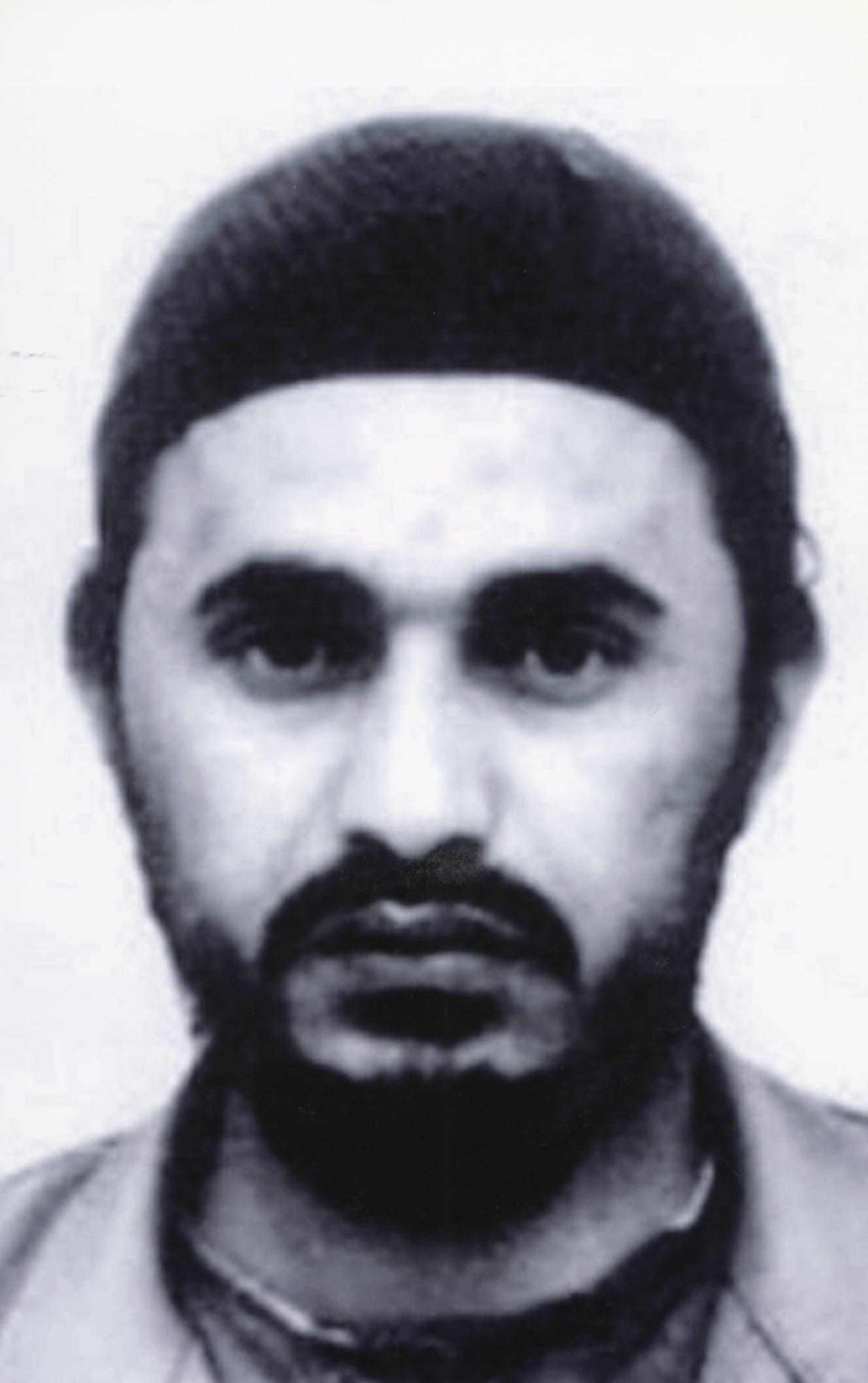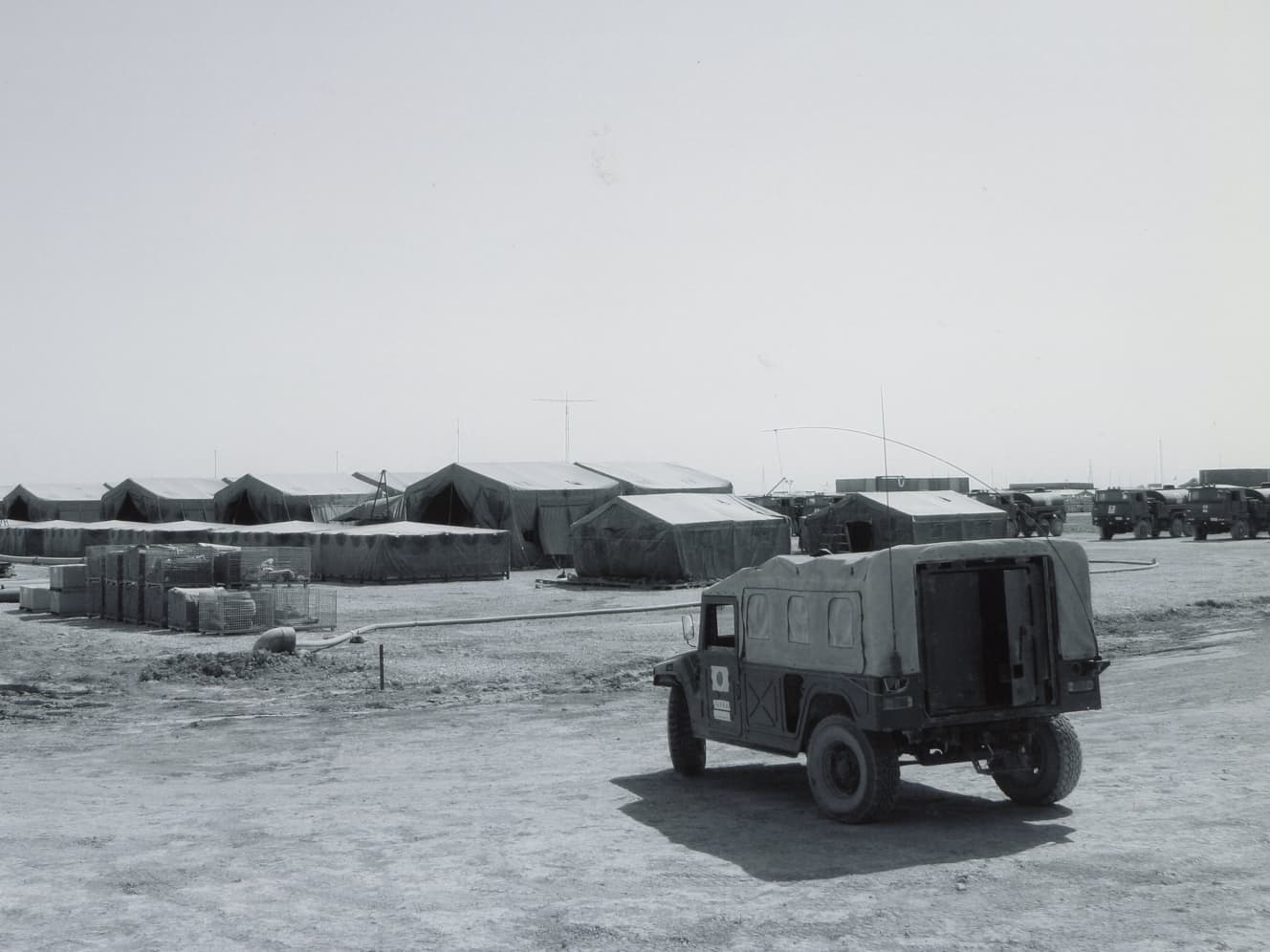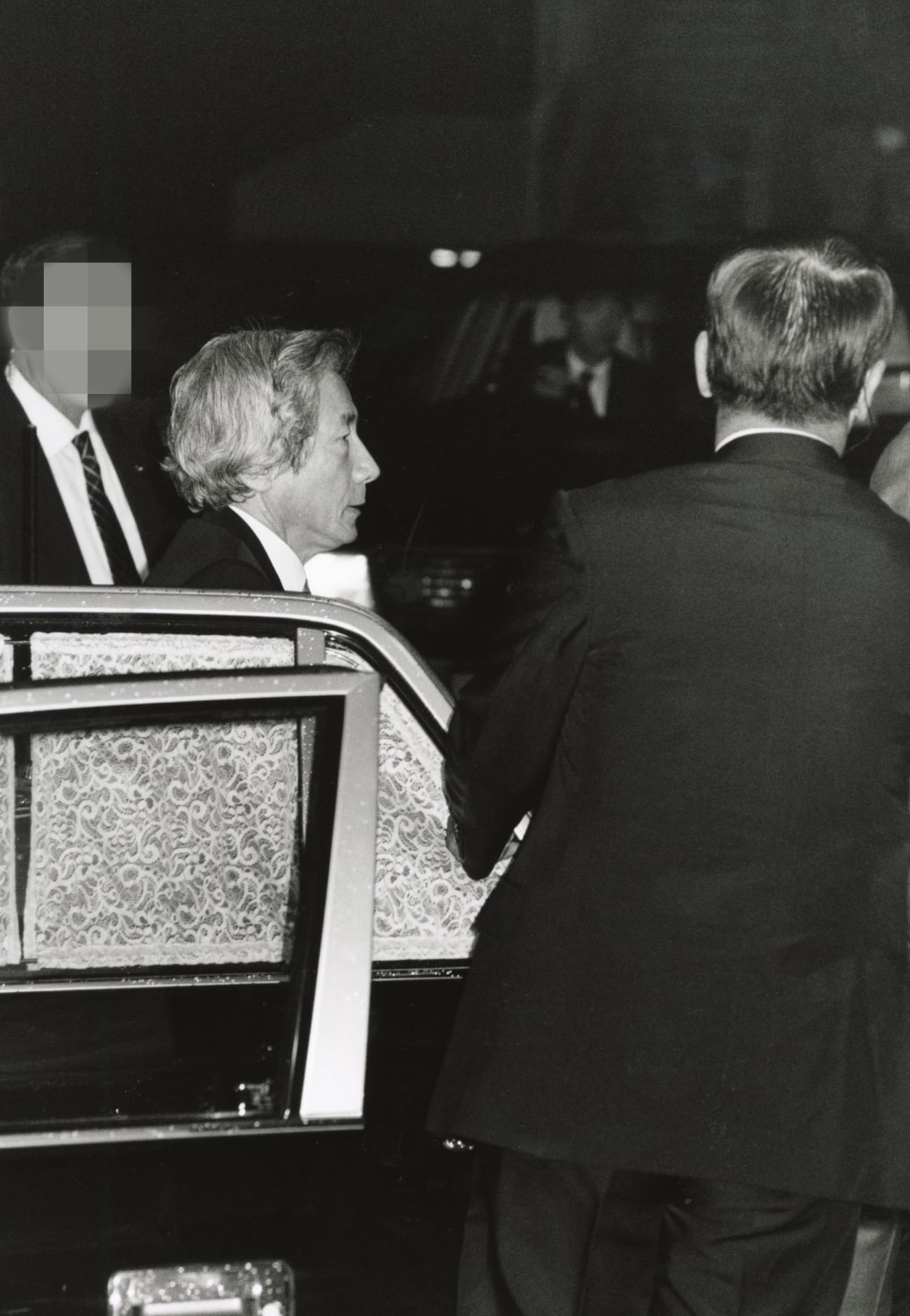Playback ’04] The Impact of the “Decapitation Video”…What Hounded the Families of the Victims in the Murder of a Young Japanese Iraqi

What did “FRIDAY” report 10, 20, or 30 years ago? In “Playback Friday,” we take a look back at the topics that were hot at the time. This time, we will look back at the “Outrageous Document: Koizumi’s ‘Cold-blooded Prime Minister’ Kills Japanese,” which appeared in the November 19, 2004 issue 20 years ago! The shocking video of Mr. A’s decapitation in Iraq released on the Internet.
Decapitated while still alive
On October 27, 2004, a group calling itself “al-Qaeda in Iraq’s jihadist organization” announced that it had taken Mr. A, a 24-year-old Japanese youth, hostage and that it would kill him if the Japanese government did not withdraw the Self Defense Forces from Iraq within 48 hours. The Japanese government rejected this demand. Mr. A was found dead in the early hours of October 31 (Japan time). The following is an article about the government’s response at the time. (The descriptions in parentheses are quoted from previous articles.)
The shocking video leaked onto the Internet shortly after 9 p.m. on November 2.
Behind Mr. A, who was tied behind his back and sitting face down, three men in black read out a statement saying that they would kill the hostage because the Japanese government would not withdraw the Self-Defense Forces. Immediately afterward, one of them pushed Mr. A to the ground and knocked him down, while another man beside him pulled out a large knife.
It all happened so fast. The men showed no mercy or hesitation whatsoever. Ms. A, who was knocked on her side and had her disheveled hair grabbed in an eagle grip, seemed to let out a short “ahhh” scream a moment later. However, the huge knife was instantly thrust into Ms. A’s throat and …….
Mr. A’s body was found in the early morning of October 31 (Japan time), before this video was shown. Based on the circumstances at the time, it was assumed that Mr. A had been murdered a few hours earlier. What was then Prime Minister Koizumi doing on that night of October 30 (Japan time)?
Right around that time, Prime Minister Junichiro Koizumi (then 62), who was supposed to be in charge of the rescue operation, was unexpectedly attending a “wedding” as a guest, and was celebrating with his “friends” from the political and business world. (Omitted.) “During the wedding banquet, the prime minister was asked by the guests to give a toast.
During the reception, the prime minister told former Prime Minister Yoshiro Mori that he had been afraid to meet with him since they had a dispute over the cabinet, and Mori replied, “I’m not really afraid of you, you know (laughs).
In fact, the Koizumi administration had made a blunder just before the meeting. In response to the information that had circulated in the early hours of the morning of the 30th, a press conference was held at 4:00 a.m. to announce that the body of a Japanese national had been found north of Baghdad, and that there were parts of the body that matched the characteristics of Mr. A. However, it was revealed that afternoon that this body was that of an Arab man who bore no resemblance to Mr. A. The reason for the confusion was that the body had been found in the area other than by the U.S. military. The cause of the confusion was the inaction of the government and the Ministry of Foreign Affairs, which had no intelligence network in the area other than the U.S. military.
Family of Child Slaughtered Victim Apologizes for “Abnormality
When Prime Minister Koizumi was questioned by the media about his attendance at the wedding when the lives of his own citizens were threatened, he retorted, “So, I should have just stayed cooped up in the prime minister’s official residence and done nothing? Looking back, Prime Minister Koizumi was very cold toward Mr. A from the beginning of the incident.
Immediately after the abductions were discovered, he immediately declared, without hesitation, that he would not withdraw the Self-Defense Forces. After that, what the government did was to “identify” Mr. A. The first thing the government did was to take Mr. A to the “left wing” of the Japanese government. The government first investigated Mr. A to see if he was a leftist or a civilian activist. While the U.S. military did nothing in the rescue operation, the government suspected that the abducted citizen “might be connected to terrorists.
The government also “covered up” for 19 hours the shelling of the Self-Defense Forces post in Samawah, Iraq, that occurred on November 1, fearing the impact of Mr. A’s murder on public opinion. There were also signs of “Internet surveillance.
Whenever sympathy for the hostages or criticism of the government increased, they would immediately post a rebuttal on bulletin boards and other media to silence the criticism. This was done in order to lead public opinion to believe that the kidnappers had it coming to them. Perhaps as a result of this, Ms. A’s family home in Fukuoka Prefecture has been harassed one after another. The “abnormality” of the situation is reflected in a comment made by Ms. A’s parents after her body was found.
I would like to apologize to the many people who supported us for the terrible heartache we have caused them. I am filled with gratitude.”
Why should the parents of a child whose beloved child was brutally murdered apologize? Who do they have to thank?
Mr. A’s actions may have been reckless. However, there was an abnormal atmosphere in Japan at that time that prevented the bereaved families from revealing their true feelings of grief.
The “self-responsibility” theory that drove Mr. A’s family into a corner
As mentioned in the article, the “self-responsibility” argument that “the kidnappers had it coming” was first voiced in April 2004, when three Japanese were held hostage in Iraq.
At that time, the armed group of perpetrators demanded the withdrawal of the Self-Defense Forces, but Prime Minister Koizumi refused, saying, “We will not give in to terrorism. In response to the demands of the victims’ families and supporters for the withdrawal of the SDF, the phrase “self-responsibility” came to be often used. Under the banner of “self-responsibility,” the three victims and their families were bashed by the entire nation.
However, there were still pros and cons to the “self-responsibility” theory at that time. This may have had something to do with the fact that the kidnappers entered the dangerous area with a “purpose,” such as being journalists or volunteers.
However, as the article suggests, “self-responsibility” seemed to dominate much of the public opinion in the case of Mr. A, a backpacker.
Mr. A, who had been working as a freelancer, was traveling in Israel and Jordan after finishing his working holiday in New Zealand in January ’04. Film director Hiroshi Shinomiya met Mr. A in Amman, Jordan, and at one point kept him from going to Iraq. He told the Mainichi Shimbun at the time that Mr. A was just going on a sightseeing trip.
He was told that he was just going on a sightseeing trip, but that is not true at all. He was a pure young man who said things like, ‘How can we make the world peaceful? I think he experienced war firsthand and tried to think about peace from there. His actions were reckless, but I appreciate his attitude of wanting to know the truth.
The use of the word “self-responsibility” in connection with the COVID-19 crisis, poverty, and other issues has probably increased even more than it did 20 years ago. This is not only because many people now have access to social networking services, a tool for attacking others that did not exist at that time.




PHOTO: Aika Kano (4th), Takashi Hotta (5th)